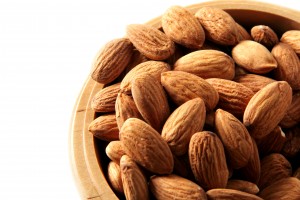Prevention of Foodborne Illness
Monday, March 8th, 2010It is estimated that 76 million people in the United States become ill after succumbing to a foodborne illness every year, with 5,000 of these people becoming so sick that they die (CDC, 2009). Alarmed by these numbers? The last few years saw an unprecedented number of foodborne outbreaks. Common culprits were peanuts, lettuce, peppers, spinach, sprouts and seafood.
What can consumers do to protect themselves and their families from foodborne illnesses?
- Don’t buy food that is packaged in damaged containers- damaged containers may be an indication that food has been contaminated, so do not eat food from containers that are dented, cracked, etcetera
- Don’t allow perishable food items to come to room temperature- store perishable items in the refrigerator or freezer as soon as possible after purchase to inhibit bacterial growth
- Don’t allow meat to thaw on the counter- meat should be thawed in the refrigerator or in
- a microwave
- Do wash hands thoroughly before and after handling food, especially when handling meat
- Do not leave food out at room temperature for greater than 2 hours
- Don’t use a wooden cutting board- use a plastic cutting board that can be immersed in hot, soapy water after use to kill germs
- Do wash all produce carefully
- Do cook meat thoroughly- use a meat thermometer
Following these simple tips can help you and your family to avoid foodborne illnesses and stay healthy.
Source : Foodborne Illness




